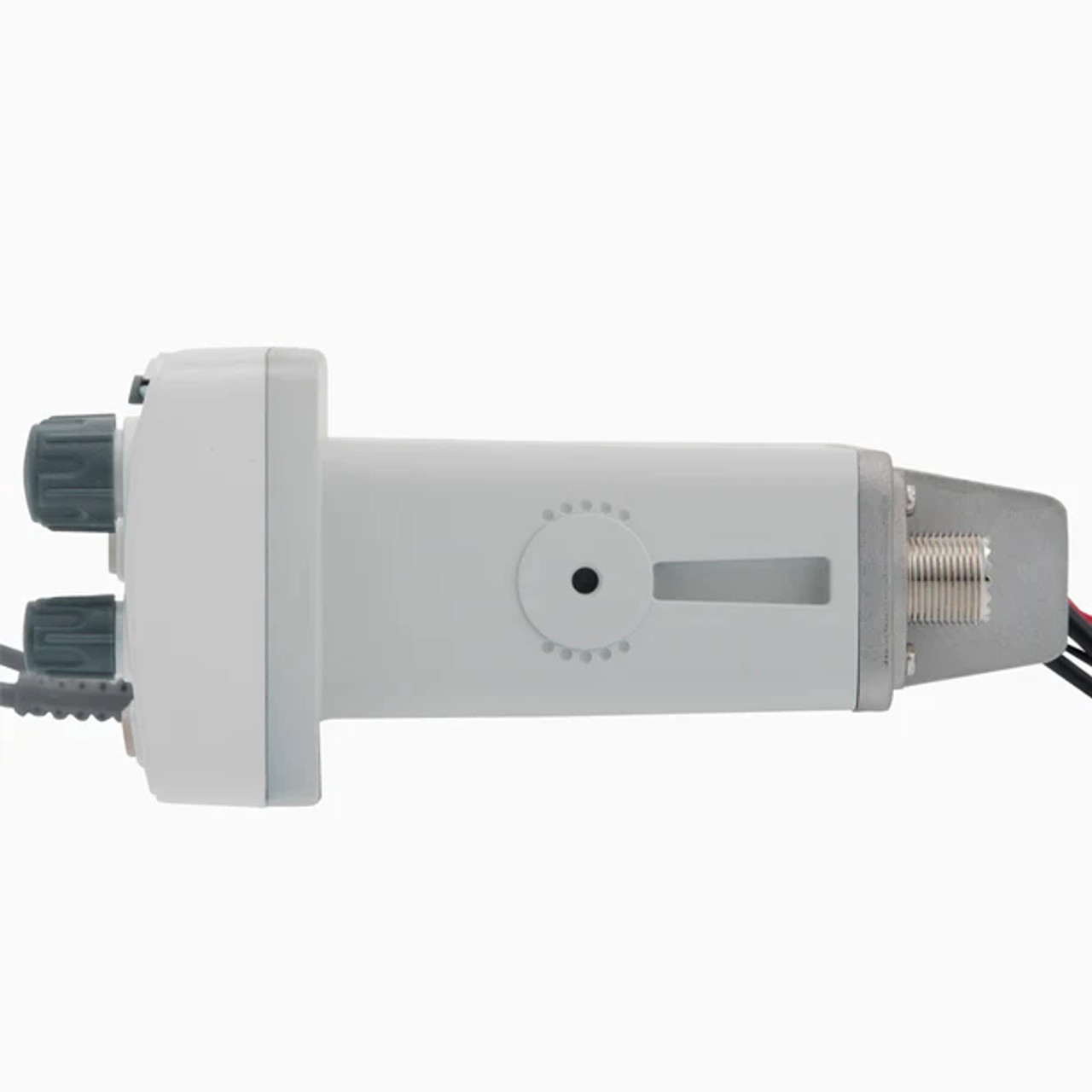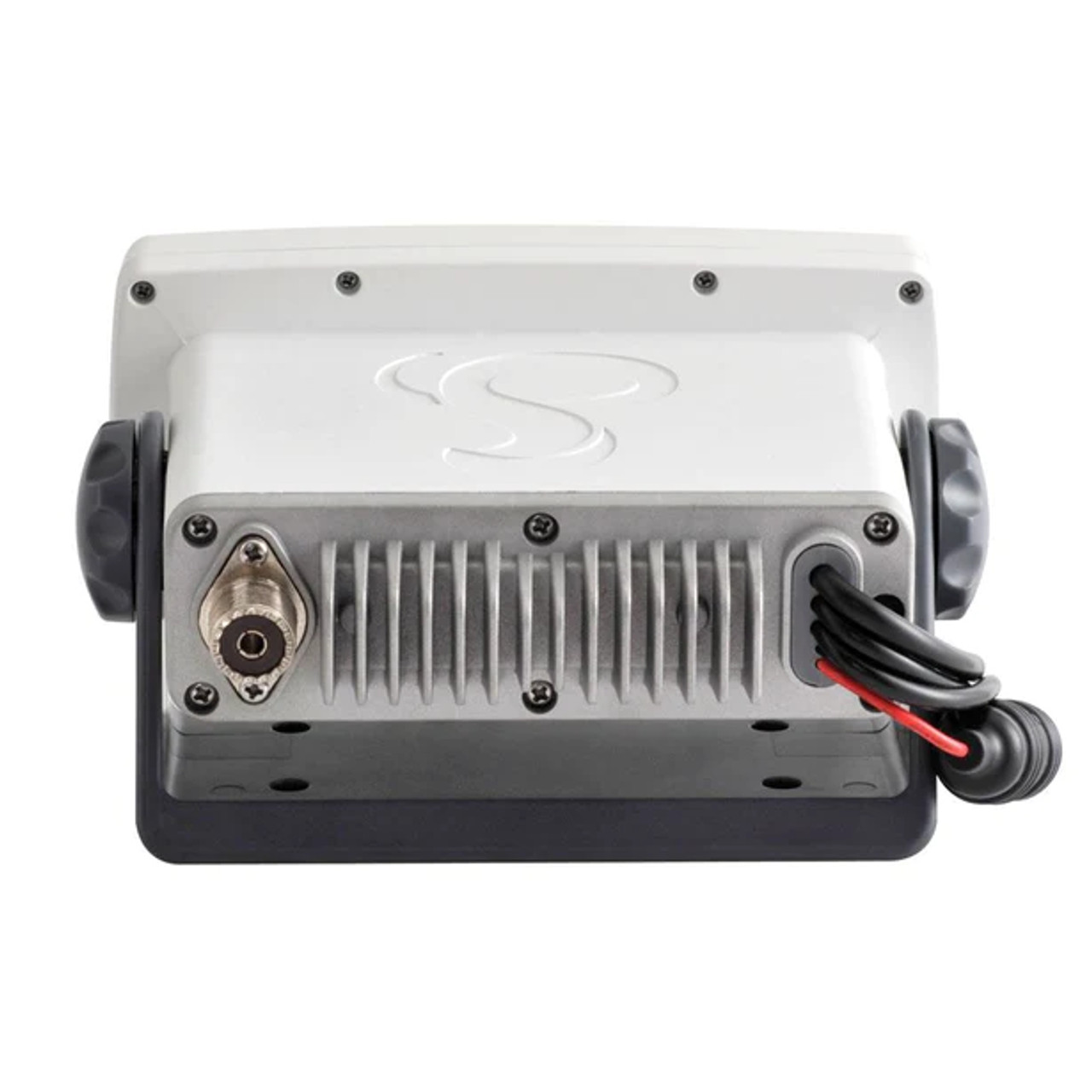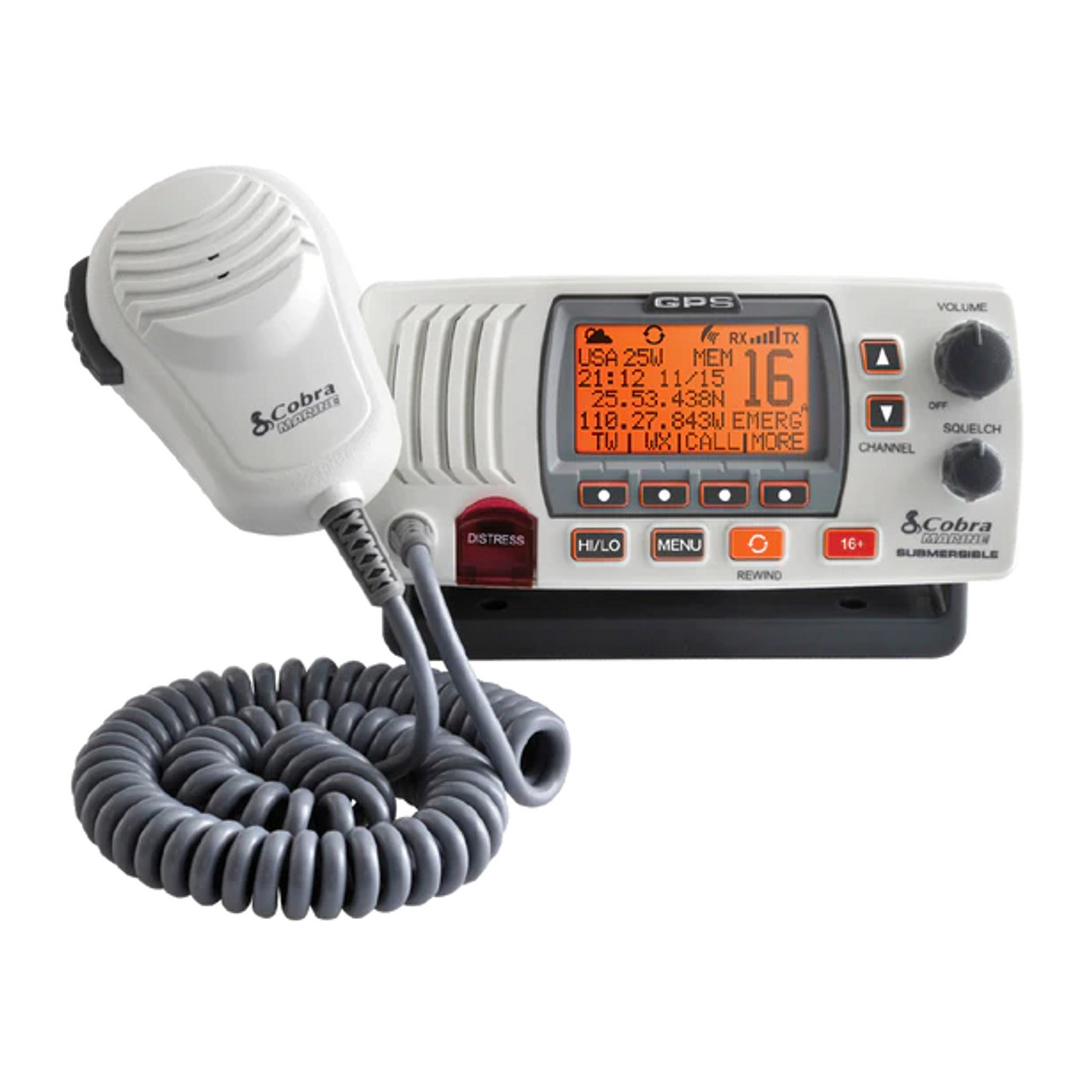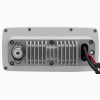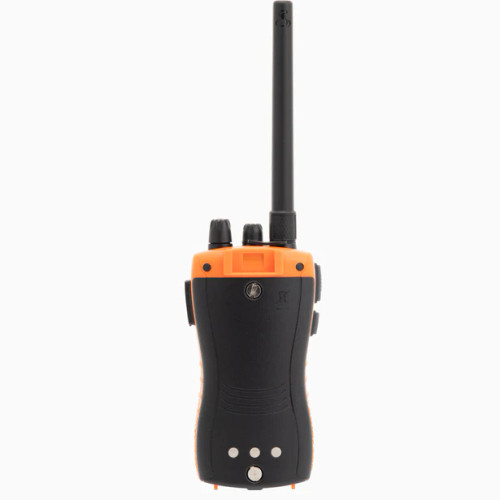Product Description
Our most advanced marine radio
Nothing Comes Close to a Cobra
When heading out on the water, a fixed-mount VHF radio is vital for communication and safety. With advanced safety features, easy menu navigation, and 24 hr access to emergency alerts and broadcasts, Cobra’s got you covered.
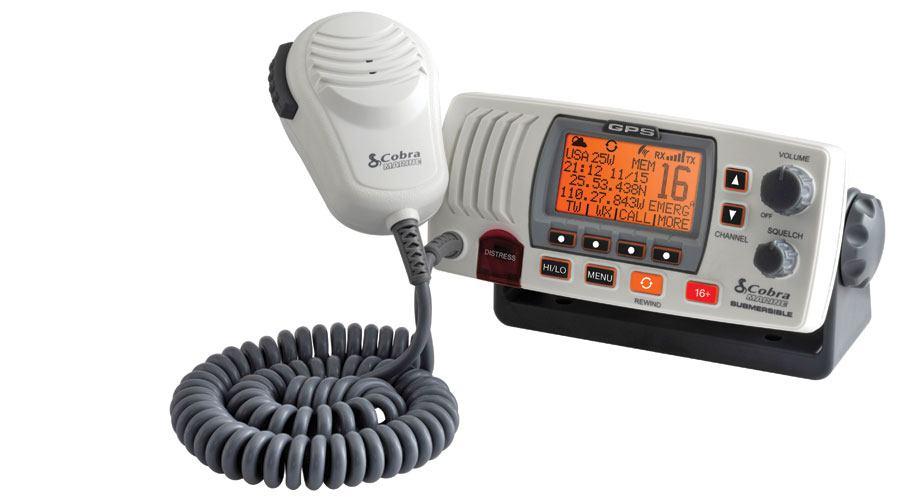
Built-In GPS Receiver
Simply power on and your VHF radio will instantly know your location for sending signals in moments of distress.
Rewind-Say-Again®
Automatically records the last 20 seconds of VHF calls so you can always play back what you missed.
PA Output
Communicate with boaters around you with a PA function to external speaker.
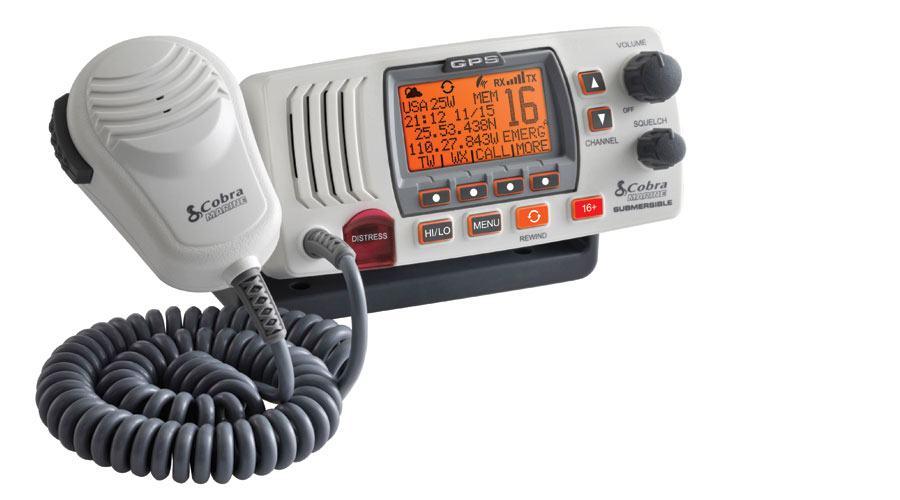
NOAA Weather
Get instant, 24 hour access to national All-Hazards and weather information with all NOAA weather channels.
Submersible
Fully submersible and waterproof to IPX8 (JIS8) standards.
FCC Compliant
Compliant with the latest FCC Specs for Class-D VHF Radios.
Built-In GPS Receiver
Connect to power and your radio will instantly know your location
NOAA Weather
24 hour access to all NOAA weather channels
Rewind-Say-Again®
Record and replay the last 20 seconds of VHF calls
Submersible
Designed to IPX8 (JIS8) standards to be fully submersible
PA Output
Public Address output to communicate on an external speaker
FCC Compliant
Compliant with the latest FCC Class-D VHF radio specifications
What’s Included
With your Cobra MRF77 GPS you’ll receive a transceiver, surface mount kit, microphone, microphone mount, and GPS interface cable.
- Cobra MRF77 GPS
- Transceiver
- Surface mount kit
- Microphone
- Microphone mount
- GPS interface cable
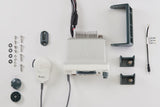
Item # MR F77B GPS
SPECIFICATIONS
Weight2.7 lbs (1.22kg)
Height3 in. (76.2mm)
Width6 in. (152.4mm)
Depth6.25 in. (158.75mm)
FEATURES
Built-In GPS Receiver – Simply connect the radio to power and the radio will know your location.
Rewind-Say-Again®– Replay missed VHF calls. Automatically records the last 20 seconds with a digital voice recorder.
PA Output – PA function for public address to external speaker.
All NOAA Weather Channels – Instant access to national All Hazards and weather information, 24 hours a day.
What is the range of my Cobra marine radio?
It is difficult to provide a number, because range will be affected by the following factors:
Transmit power: Higher transmit power gets better range. Transmit powers up to 25 watts are allowed.
Length of the antenna: Short antennas will get shorter range. Long antennas will get longer range.
Height of the antenna: The higher the antenna is mounted, the better the range.
Antenna tuning: Having a properly tuned antenna will maximize your range. Checking the SWR of the antenna will identify how well your antenna is tuned to the marine band.
Atmospheric conditions: Atmospheric conditions can affect radio propagation. If conditions are just right, there are times when you can transmit 100 miles or more. On other occasions you may be limited to only 10 miles. Although these extremes occur infrequently, it does serve to illustrate the effects of atmospheric conditions.
Your location: Your location will also influence the range. For example if you are located on an inland waterway where buildings and trees can block your signal, you will get less range than if you where in the middle of the ocean. With a handheld radio your range will vary depending on whether you are inside the cabin (worst range) or standing on the highest portion of the deck (best range).
Battery condition (handheld models): Low batteries will cause your transmit power to drop, which will reduce your range.
The combination and severity of the above factors will determine your range. Several of these factors can change on a day-to-day basis.
If we were to eliminate all the negative effects, a properly setup mobile radio transmitting 25 watts will communicate as follows:
-A powerboat communicating to another powerboat: approximately 20 miles.
-A powerboat communicating to a well-equipped shore station: approximately 50 miles.
-On a sailboat with the antenna mounted at the top of the mast, communicating to another sailboat: approximately 40 miles.
-On a sailboat with the antenna mounted at the top of the mast, communicating to a well-equipped shore station: approximately 80 miles.
Handheld radios will communicate as follows:
-A 5 watt handheld will communicate approximately 7 miles to another handheld, or approximately 20 miles to a well-equipped shore station
-A 2 watt handheld will communicate approximately 5 miles to another handheld, or approximately 15 miles to a well-equipped shore station
What is DSC (Digital Selective Calling)
Digital Selective Calling (DSC) is a radio technology allowing enhanced distress radio messages to be sent digitally. In addition, a DSC equipped vessel with an MMSI number can make a "private" hailing call to another DSC-equipped vessel. Only the vessel being called will receive the initial contact, but the subsequent conversations will take place on an open, “working” channel, which can be monitored by any VHF equipped vessel within your broadcast range.
 Malaysian Ringgit
Malaysian Ringgit
 US Dollar
US Dollar
 Indonesian Rupiah
Indonesian Rupiah
 Vietnamese Dong
Vietnamese Dong
 Philippine Peso
Philippine Peso
 Thai Baht
Thai Baht
 Singapore Dollar
Singapore Dollar
 Brunei Dollar
Brunei Dollar

